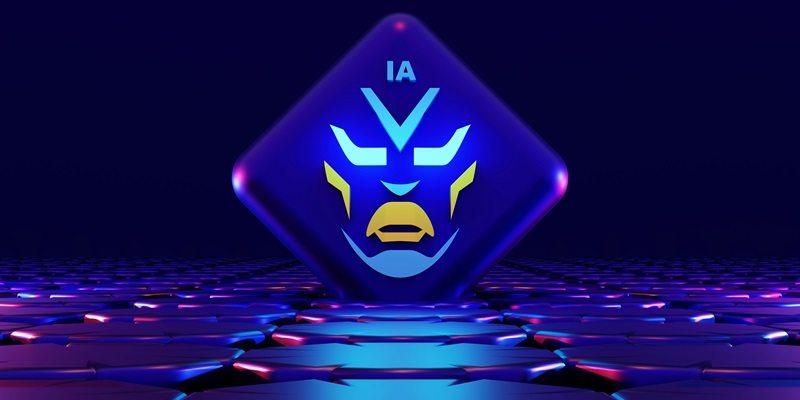The rapid evolution of chatbots has fundamentally transformed our interactions with technology, reshaping how we communicate across multiple sectors. At the heart of this revolution are significant advancements in natural language processing (NLP) and machine learning, which enable chatbots to operate around the clock, handling millions of requests seamlessly. These technologies have become indispensable tools in customer support, social networks, web stores, and banking systems. With the ability to provide human-like responses, chatbots are now an integral part of the digital landscape, offering users efficient and reliable service. The demand for advanced chatbots is driven by ongoing improvements in processing power, open-source programming frameworks, and the availability of vast datasets. These factors collectively enhance the performance of chatbots, ensuring their accuracy and effectiveness through rigorous business analysis and quality assurance testing before launch.
The Technological Forces Behind Advanced Chatbots
One of the primary driving forces behind the remarkable advancements in chatbot technology is the development of sophisticated algorithms. Deep learning and machine learning algorithms, in conjunction with NLP, are critical in delivering more nuanced and human-like responses. Among the pivotal algorithms in chatbot development is the Naive Bayes algorithm. This algorithm plays a crucial role in categorizing text and discerning user intent, allowing chatbots to offer precise and relevant responses. By assigning higher weights to frequently appearing terms in certain categories, the Naive Bayes algorithm ensures accurate intent recognition, which is essential for effective chatbot interaction.
Another important algorithm that significantly contributes to the efficacy of chatbots is the Support Vector Machines (SVM) algorithm. Renowned for its ability to handle high-dimensional inputs and sparse matrices, SVM is particularly effective in categorizing documents and performing related functions. This makes SVM a popular choice in chatbot development, enabling chatbots to process and understand user text inputs effortlessly. The integration of effective NLP techniques allows chatbots to interpret and respond to user queries with a level of sophistication that often goes unnoticed by users, further enhancing the user experience.
The Role of Natural Language Processing in Chatbot Functionality
Natural language processing is one of the most crucial components in the development of advanced chatbots, enabling them to interact with users in a way that feels natural and intuitive. NLP techniques allow chatbots to understand the context, sentiment, and intent behind user inputs, which is essential for providing relevant and accurate responses. The technology behind NLP involves parsing and analyzing text, extracting meaning, and generating appropriate responses, which collectively enable chatbots to handle complex queries and maintain coherent conversations.
Moreover, NLP-powered chatbots are capable of learning and adapting over time, thanks to continuous improvements in machine learning algorithms. As chatbots interact with users, they collect vast amounts of data that can be used to refine their responses and improve their accuracy. This constant learning process ensures that chatbots remain effective and relevant, providing users with up-to-date information and support. The seamless integration of NLP and machine learning technologies underscores the importance of ongoing innovation in the field, as developers strive to enhance the capabilities of chatbots and make them even more human-like in their interactions.
Practical Applications and Future Prospects of Chatbots
Natural language processing (NLP) is a key element in developing advanced chatbots, allowing them to interact with users naturally and intuitively. NLP techniques enable chatbots to comprehend context, sentiment, and intent behind user inputs, which is vital for delivering relevant and accurate responses. This technology involves parsing and analyzing text, extracting meaning, and generating suitable replies, enabling chatbots to handle complex queries and maintain coherent dialogues effectively.
Additionally, NLP-driven chatbots can learn and adapt over time, thanks to ongoing advancements in machine learning algorithms. As these chatbots engage with users, they amass substantial amounts of data that can be utilized to refine their responses and enhance their accuracy. This perpetual learning process ensures that chatbots remain efficient and pertinent, providing users with up-to-date information and support. The harmonious integration of NLP and machine learning technologies highlights the significance of continuous innovation in the field, as developers work to enhance chatbot capabilities and make interactions even more human-like.

